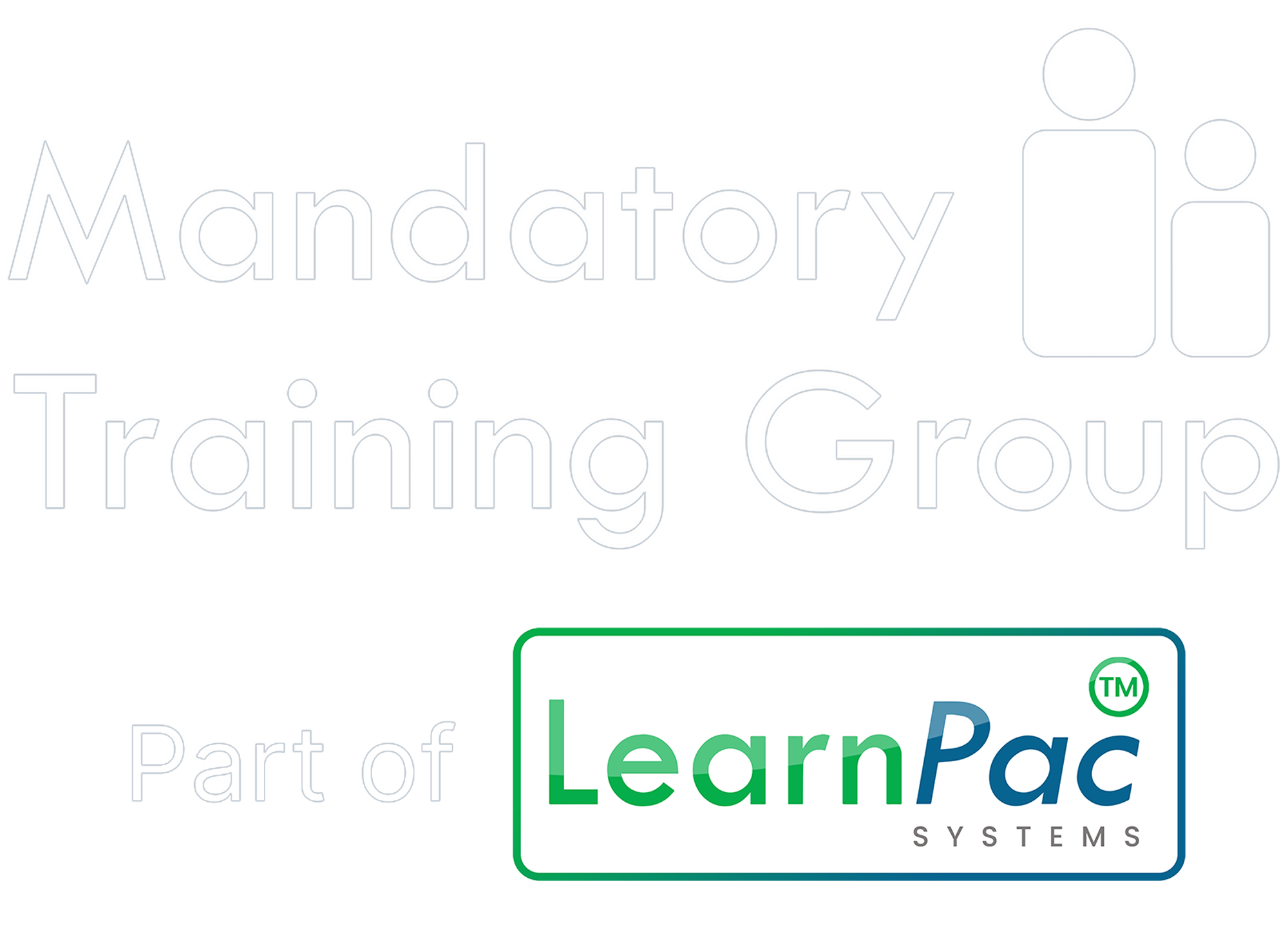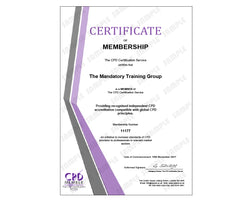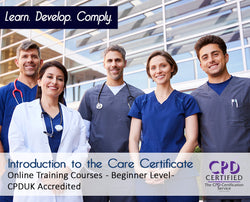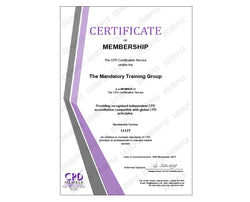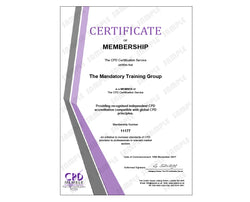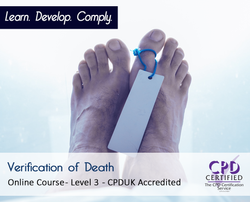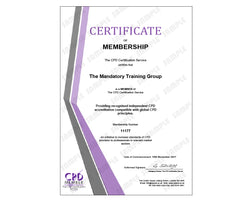You have no items in your shopping basket.
This online Non-Clinical Mandatory Training package includes the following modules:
- Introduction
- Chaper 1 - Key definitions
- Chapter 2 - Causes of conflict
- Chapter 3 - Assault
- Chapter 4 - Avoiding conflict
- Chapter 5 - Recognising non-verbal signs
- Chapter 6 - Communication breakdown
- Chapter 7 - De-escalation
- Chapter 8 - Lone working
- Chapter 9 - Dealing with a conflict situation
- Chapter 10 - Your personal safety
- Chapter 11 - Module summary
- Introduction
- Chapter 1 - Key definitions
- Chapter 2 - Understanding the elements of fire
- Chapter 3 - What to do in the event of a fire
- Chapter 4 - Module summary
- Introduction
- Chapter 1 - Key definitions
- Chapter 2 - Resuscitation Council UK guidance
- Chapter 3 - Cardiac arrest and CPR
- Chapter 4 - How to administer CPR
- Chapter 5 - Choking
- Chapter 6 - Module summary
- Introduction
- Chapter 1 - Key definitions
- Chapter 2 - Key legislation and regulations
- Chapter 3 - Infection prevention and control principles
- Chapter 4 - Personal protective equipment
- Chapter 5 - Sharps management
- Chapter 6 - Module summary
- Introduction
- Chapter 1 - Key definitions
- Chapter 2 - Key legislation and regulations
- Chapter 3 - Data security awareness
- Chapter 4 - Types of information
- Chapter 5 - Confidentiality
- Chapter 6 - Good record keeping
- Chapter 7 - Threats to data security
- Chapter 8 - Good practice
- Chapter 9 - Data breaches
- Chapter 10 - Access to buildings
- Chapter 11 - Module summary
- Introduction
- Chapter 1 - Key definitions
- Chapter 2 - Aims of safeguarding
- Chapter 3 - Adults with care and support needs
- Chapter 4 - Terminology variations
- Chapter 5 - Making safeguarding personal
- Chapter 6 - Types of abuse
- Chapter 7 - Reporting a safeguarding concern
- Chapter 8 - Module summary
- Introduction
- Chapter 1 - Key definitions
- Chapter 2 - Legal definitions
- Chapter 3 - Prevent
- Chapter 4 - The signs of vulnerability
- Chapter 5 - Other factors that may cause vulnerability
- Chapter 6 - Identifying vulnerable people
- Chapter 7 - Information sharing
- Chapter 8 - Module summary
- Introduction
- Chapter 1 - Key definitions
- Chapter 2 - Equality, diversity and human rights
- Chapter 3 - Equality Act 2010
- Chapter 4 - Creating inclusive environment
- Chapter 5 - Working in an equal and diverse environment
- Chapter 6 - Challenging prejudice, discrimination and unfairness
- Chapter 7 - Equality vs equity
- Chapter 8 - Module summary
- Introduction
- Chapter 1 - Key definitions
- Chapter 2 - Your responsibilities
- Chapter 3 - Moving and handling legislation
- Chapter 4 - Injuries and back care
- Chapter 5 - HSE guidelines
- Chapter 6 - Module summary
- Introduction
- Chapter 1 - Key definitions
- Chapter 2 - Importance of safeguarding children
- Chapter 3 - Safeguarding for health and social care staff
- Chapter 4 - Child abuse
- Chapter 5 - Factors contributing to abuse
- Chapter 6 - Types of child abuse
- Chapter 7 - Case studies
- Chapter 8 - Effects of child abuse
- Chapter 9 - Your role in safeguarding children
- Chapter 10 - Sharing information
- Chapter 11 - Module summary
- Introduction
- Chapter 1 - Key definitions
- Chapter 2 - Importance of health and safety
- Chapter 3 - Key legislation and regulations
- Chapter 4 - Your responsibilities
- Chapter 5 - Managing risks and hazards
- Chapter 6 - Slips, trips and falls
- Chapter 7 - Adverse events, incidents, errors or near misses
- Chapter 8 - Risk management
- Chapter 9 - Common injuries and healthy back care
- Chapter 10 - Module summary
